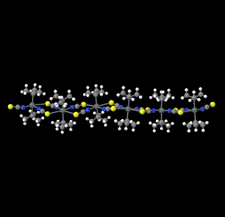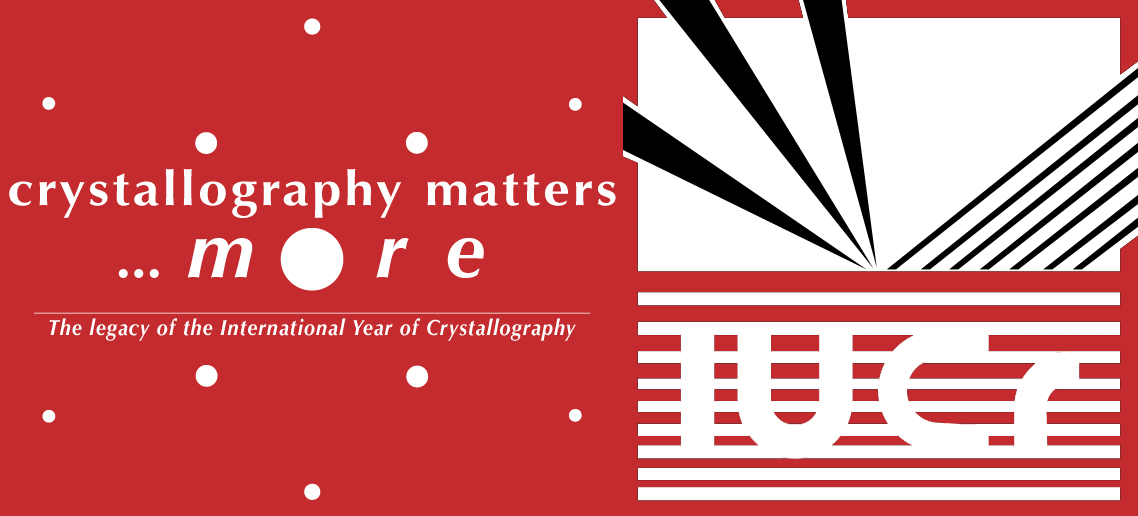issue contents
January 2025 issue

Cover illustration: The compound di-tert-butyldiisothiocyanatotin(IV), [Sn(C4H9)2(NCS)2], which crystallizes with one and a half molecules in the asymmetric unit, represents a new structure type for intermolecular sulfur⋯tin interactions, which is characterized by an antiparallel arrangement of the dipole moments of the individual molecules. In the resulting zigzag chains, the molecules are related to each other by mirror planes and twofold rotation axes, both perpendicular to the propagation plane, while translation is realized via a glide plane in the crystallographic c-axis direction, a combination of symmetry elements unique in the structural chemistry of diorganotin(IV) dihalides and pseudohalides, R2SnX2 with X = Hal or NCS. See: Kamrowski & Reuter [IUCrData (2025). 8, x241244].
metal-organic compounds


 access
access

 access
accessorganic compounds


 access
access

 access
access

 access
access

 access
access

 access
access
 journal menu
journal menu


















![[publCIF]](/logos/authorchecklist11.gif)





